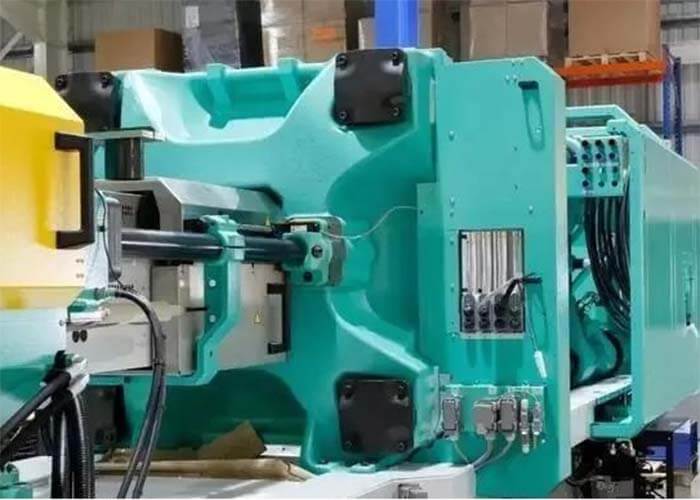After reading the Clamping Position of Injection Molding Machine article. You will learn the three clamping positions of the injection molding machine.
What are the Clamping positions of injection molding machine?
The clamping position of the injection molding machine is generally divided into three or four stages, which are generally fast-slow-high pressure.
Quick mold clamping, according to the structure of the injection mold, is flat, or there is a slider. Different molds first set the pressure/speed/position during rapid clamping and set the appropriate pressure/speed/position setting without affecting the efficiency. Pay attention not only to make the mold smooth but also to reflect the principle of rapid mold clamping.
Low-pressure clamping position
Low pressure is slow speed; this part is the most important & in the jog state, set the pressure to 0, slow down the speed, and set the position to 0, because the machine itself has a bottom pressure, the injection mold pressure is still 0 after the mold is closed because the position is 0, the high pressure cannot be raised.
At this time, according to the position of the injection mold base displayed on the main panel, change the low-pressure clamping position to the value displayed on the panel.
High-pressure clamping position
Generally speaking, it is necessary to set the high pressure of the mold clamping according to the projected area of the product and the performance of the material. After setting the appropriate value, you need to adjust the low-pressure protection again and press the previous step to re-correct the position of the low-pressure mold. The guarantee is indeed valid.
How to set the low-pressure and high-pressure clamping positions of the injection molding machine?
- Under the premise of ensuring the mold clamping speed, the low-pressure mold clamping pressure should be set as low as possible, as long as it can reliably offset the friction resistance of the mold clamping.
The friction resistance between the template and the large column, and the friction of the guide pin and the guide sleeve after the movable and fixed molds are in contact. The friction resistance of the inclined guide pin slider block, the friction resistance of the movable template and the supporting components, etc.
- It is necessary to set a sufficient low-pressure protection stroke
Should be larger than the size of the molded product, or larger than the size of the gripper of the manipulator if there is a manipulator, too large a low-pressure protection stroke will affect the accurate setting of the low-pressure protection pressure and low-pressure protection time, so the setting should be reasonable and appropriate.
- After calculating the actual time when the low-voltage protection starts and ends, the low-voltage time is set to be slightly larger than the actual time
The margin is less than 1 second to ensure that the mold clamping action signal output is stopped in time when there is a foreign body. The principle of low-voltage protection is at a certain level.
During the low-voltage time, the computer cannot sample the high-voltage signal, and the computer determines that there is a foreign body in the mold cavity. At this time, the computer should in principle stop the mold-clamping signal output, and simultaneously alarm and output the mold-opening signal.
- Set the required mold clamping force first, and then set the high-pressure mold clamping pressure proportionally.
The system pressure of the machine with different mold clamping forces is the same. Using this mechanism, the mold clamping force can be accurately preset by setting the high-pressure pressure.
- Set the high-pressure stroke position to be too large first.
At this time, gradually reduce the high-pressure stroke position according to experience. When the high-pressure stroke cannot be raised or the machine hinge cannot be straightened, then slightly adjust the high-pressure stroke to make the clamping force reliable.
If there is a slider, the protection position must be greater than the height of the slider guide post, and the pressure should be as small as possible.
You may also be interested in the below articles.
Summary Of 50 Injection Mold Structure Operation Dynamic Diagrams
Auto Parts Stamping Die Design Concept




